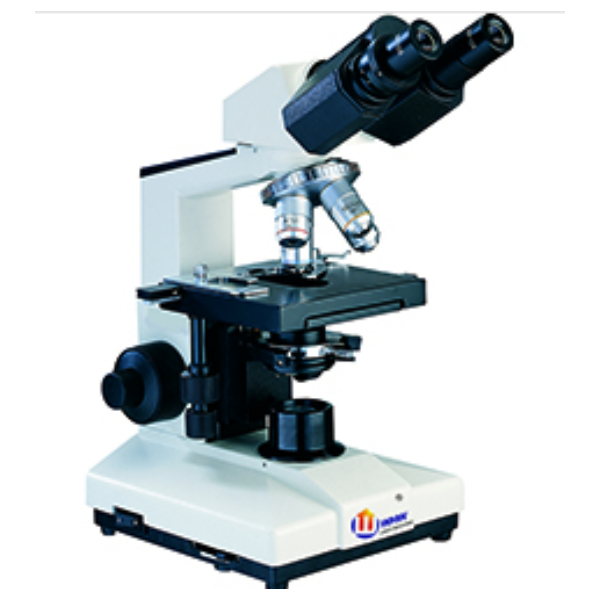cropcrowd92
About
- Username
- cropcrowd92
- Joined
- Visits
- 2
- Last Active
- Roles
- Member
Activity
-
In the rapidly evolving field of medical research, the transition from laboratory discoveries to applicable applications in patient care is vital. Among the numerous tools that assist this journey, tissue microarrays have emerged as a powerful technique for assessing biological samples. By permitting researchers to analyze multiple tissue specimens at once, tissue microarrays provide a streamlined approach to exploring disease processes, pinpointing potential biomarkers, and analyzing therapeutic targets, thereby bridging the gap from bench to bedside.
Tissue microarrays are built from tissue blocks holding numerous individual samples that have been painstakingly organized on a unique slide. This efficient method substantially enhances the capabilities of histological analysis while conserving precious resources. Incorporating formalin-fixed paraffin-embedded (FFPE) tissue blocks into this process enables researchers to leverage existing tissue banks containing with diverse specimens. As a result, these arrays have a crucial role in improving our understanding of various diseases, ultimately guiding clinicians in making more informed decisions regarding patient care.
Summary of Tissue Microarrays

Microarray technology are a significant tool in modern histology that enable researchers to analyze various tissue samples simultaneously. By embedding a significant number of tissue sections from different specimens into a combined paraffin tissue block, this technique allows optimal use of resources while providing a thorough examination of diverse biological samples in a single assay. This approach not only preserves valuable tissue but also improves the statistical power of studies by increasing sample size bypassing extensive individual tissue preparations.
The process involves the detailed selection and preparation of appropriate tissue samples, typically derived from a repository. Once chosen, these samples are arranged onto a single tissue array , usually using formalin-fixed, paraffin-embedded (FFPE) specimens. Each section on the tissue microarray represents a unique sample, allowing researchers to study numerous cases in collaboration. This method is notably valuable in cancer research, where it is crucial to understand the heterogeneity within tumors and their microenvironments.
Tissue microarrays allow for high-throughput analysis of histological features, protein expression, and genetic mutations. This enables pathologists and researchers to detect biomarkers that may have clinical importance in diagnosis, treatment response, and prognosis. As medical research advances to evolve, the adoption of tissue microarrays into clinical practice holds significant promise for personalized medicine, providing insights that can lead to customized therapeutic strategies based on unique tumor characteristics.
Clinical Applications and Advantages
Tissue microarrays have revolutionized the method researchers and clinicians perform the study of different diseases, particularly cancers. By allowing simultaneous analysis of various tissue samples on a unified slide, tissue microarrays enhance the efficiency of histological examinations. This method enables pathologists to evaluate the presence of specific biomarkers across numerous specimens, facilitating the identification of trends that could inform diagnosis and treatment options. As a result, the integration of tissue microarrays into clinical practice has the potential to boost patient outcomes through better targeted therapies.
One significant advantage of tissue microarrays is their ability to minimize the use of precious biological samples. By utilizing small cores from tissue sections, researchers can analyze a wide spectrum of pathological conditions without the need for extensive amounts of tumor or normal tissue. This is especially beneficial when dealing with limited specimens obtained from biopsy or surgery. The conservation of these valuable tissues also allows for future studies, adding to an ongoing understanding of disease progression and treatment responses.
Furthermore, tissue microarrays allow for high-throughput analysis, which is crucial in the context of personalized medicine. Clinicians can recognize various disease subtypes through the examination of many histology blocks that represent varied genetic profiles. This holistic approach not only aids in the classification of patients for specific therapies but also assists in the identification of novel therapeutic targets. As advancements in technology continue to develop, the applications of tissue microarrays in clinical settings are likely to expand, further closing the gap between bench research and bedside care.
Upcoming Trends in Biological Storage
As the area of tissue microarrays continues to evolve, advancements in tissue banking are essential to support cutting-edge research and clinical applications. One encouraging direction is the combination of digital diagnostics with tissue banking. By employing high-resolution pictures and advanced data analysis, researchers can better catalog tissue samples, leading to more efficient retrieval and examination. Digital platforms can enable data sharing and collaboration among facilities, boosting the ability for large-scale studies that utilize diverse biological specimens.
Another significant development is the push for biobanking uniformity and improved specimen quality. Implementing standardized protocols for the gathering, processing, and storage of FFPE specimens ensures that tissue blocks maintain their integrity and biological relevance. Increased attention on pre-analytical variables will support trustworthy results in downstream applications, providing researchers with high-quality tissue sections that reflect the complexities of human disease. This standardization also promotes greater reproducibility in studies, ultimately benefiting clinical outcomes.
Lastly, the growth of patient-centric tissue banks offers exciting opportunities for personalized medicine. By establishing repositories that represent diverse groups and rare conditions, researchers can more thoroughly understand the variations in tumor biology and treatment reactions. Engaging patients in the tissue banking process—enabling consent and ensuring transparency—will also build trust and encourage participation. As these initiatives progress, they will greatly enhance the capability of tissue microarrays to translate laboratory findings into significant clinical applications.
September 2